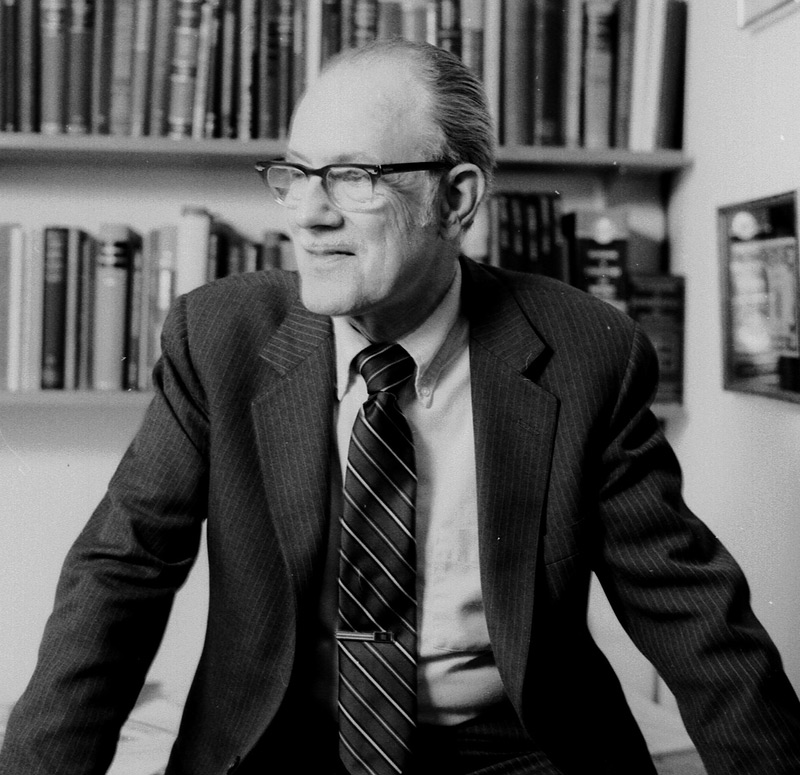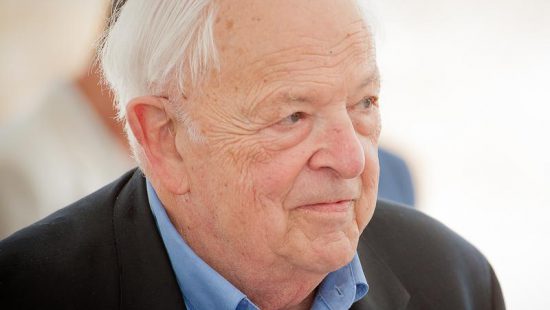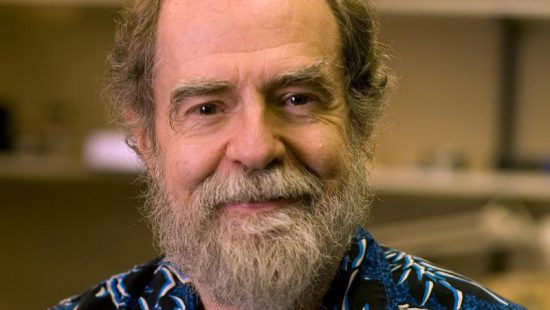In his first year as an assistant professor of physics at Washington University, George Pake published an academic article on a new technique called nuclear magnetic resonance (NMR) that would set the tone for the rest of his career.
NMR, now called magnetic resonance imaging (MRI), gives doctors images of physiological systems without using tissue-invading radiation. Pake’s early article on this technique was cited more than 400 times in the 20 years following its publication and allowed scientists to better understand and determine the structure and function of molecules and biological systems.
In addition to being a prominent researcher, Pake was also a top-level administrator, serving as the provost and the executive vice chancellor at Washington University; an active member of governmental committees, sitting on the President’s Science Advisory Committee during two administrations; and a corporate executive, creating the Palo Alto Research Center of the Xerox Corporation and elevating it to a world-famous institution with more than $75 billion in development revenue and a long list of universally recognized products, such as the first personal computer, the e-mail system, and Ethernet.
Pake retired as the vice president of Xerox group in 1986 to become the Director of the Institute for Research on Learning, a position he held until 1991.
Pake, an Ohio native who earned his bachelor’s and master’s degrees in physics from the Carnegie Institute of Technology and his Ph.D. from Harvard University, published three books and dozens of research articles and papers, including that early article on NMR, which earned a “Citation Classic” award.
By Sydni Dunn







